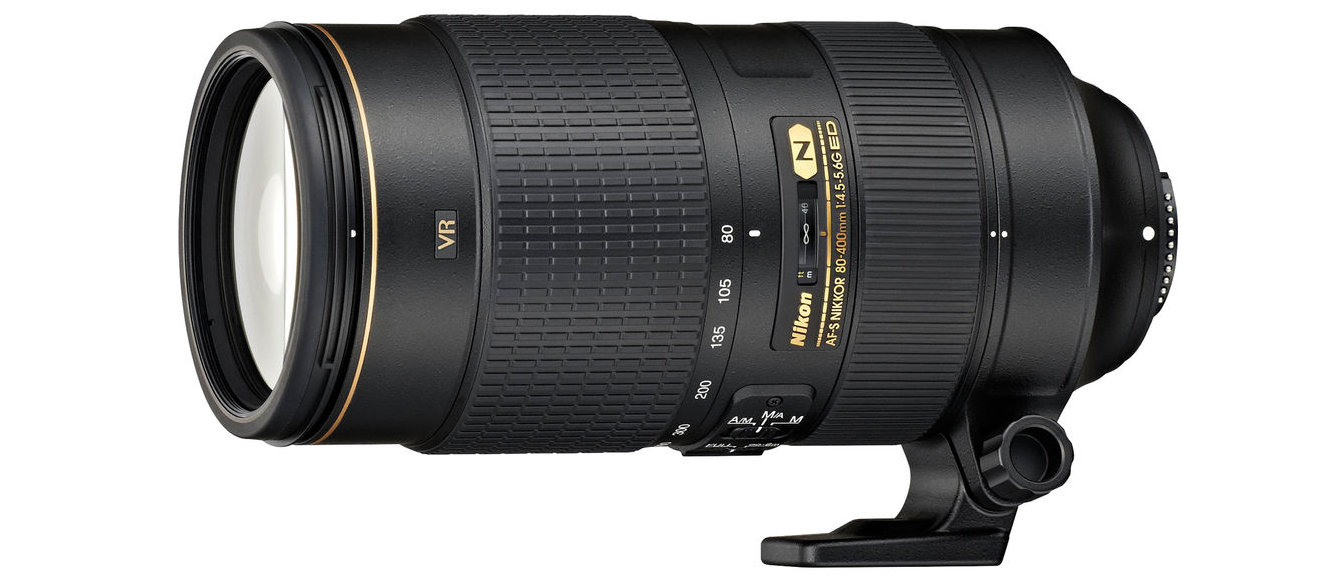Digital Camera World Verdict
This pro-grade Nikon super-telephoto zoom is a massively improved over the original ‘AF’ lens which had dreadfully slow autofocus and relatively ineffective optical stabilization. The ‘AF-S’ edition puts that to rights with speedy ring-type ultrasonic autofocus and 4-stop VR. However, its telephoto reach is a little limited by the latest standards and it’s very pricey to buy. On balance we prefer the much less expensive Nikon AF-S 200-500mm f/5.6E ED VR.
Pros
- +
Solid build quality
- +
Not overly weighty
- +
Very good performance
Cons
- -
Not a constant-aperture zoom
- -
A little lacking in reach
- -
Pricey to buy
Why you can trust Digital Camera World
The Nikon AF-S 80-400mm f/4.5-5.6G ED VR represents a major redesign. The original edition was Nikon’s first ever lens to feature ‘Vibration Reduction’. The stabilizer only had a 2-stop effectiveness, although it did feature switchable full-time and exposure-only modes, both of which had automatic panning detection.
A problem with the original lens was that it had no internal autofocus motor and AF drive from in-camera motors was painfully slow. It was a limiting factor in the lens’s performance for action sports and wildlife photography, for which the zoom range was ideal. This revamped ‘AF-S’ edition comes with a raft of updates.
Read more: The best telephoto lenses
Specifications
Mount: Nikon F (FX)
Full-frame: Yes
Autofocus: Yes
Stabilisation: Yes
Lens construction: 20 elements in 12 groups
Angle of view: 30.2-6 degrees
Diaphragm blades: 9
Minimum aperture: f/32-40
Minimum focusing distance: 1.75m AF, 1.5m MF
Maximum magnification ratio: 0.2x
Filter size: 77mm
Dimensions: 96x203mm
Weight: 1,570g
Key features
Crucially, the AF-S edition features a fast and whisper-quiet ring-type ultrasonic autofocus system, which comes complete with switchable modes that give priority to autofocus or manual override. The internal autofocus system also makes the lens compatible with Nikon DSLRs like the D3xxx and D5xxx series, which lack an in-camera AF motor.
The VR system is uprated to give 4-stop performance, again with dual operating modes. This time however, there’s a Normal mode which includes panning detection, and an Active mode for shooting from a vibrating platform, without panning detection. Nikon’s ‘Sport VR’ mode is absent, which applies stabilization only during exposures. The revised optical layout includes four ED (Extra-low Dispersion) elements and one Super ED element, along with Nano Crystal Coat.
Performance
Excellent center-sharpness is maintained at longer zoom settings, beating the original edition of the lens. Minimal color fringing at 80mm drops away even further at mid to long zoom settings, where there’s only a slight increase in very mild pincushion distortion. Resistance to ghosting and flare is also very good.
Lab results
We run a range of lab tests under controlled conditions, using the Imatest Master testing suite. Photos of test charts are taken across the range of apertures and zooms (where available), then analyzed for sharpness, distortion and chromatic aberrations.
We use Imatest SFR (spatial frequency response) charts and analysis software to plot lens resolution at the center of the image frame, corners and mid-point distances, across the range of aperture settings and, with zoom lenses, at four different focal lengths. The tests also measure distortion and color fringing (chromatic aberration).
Sharpness:
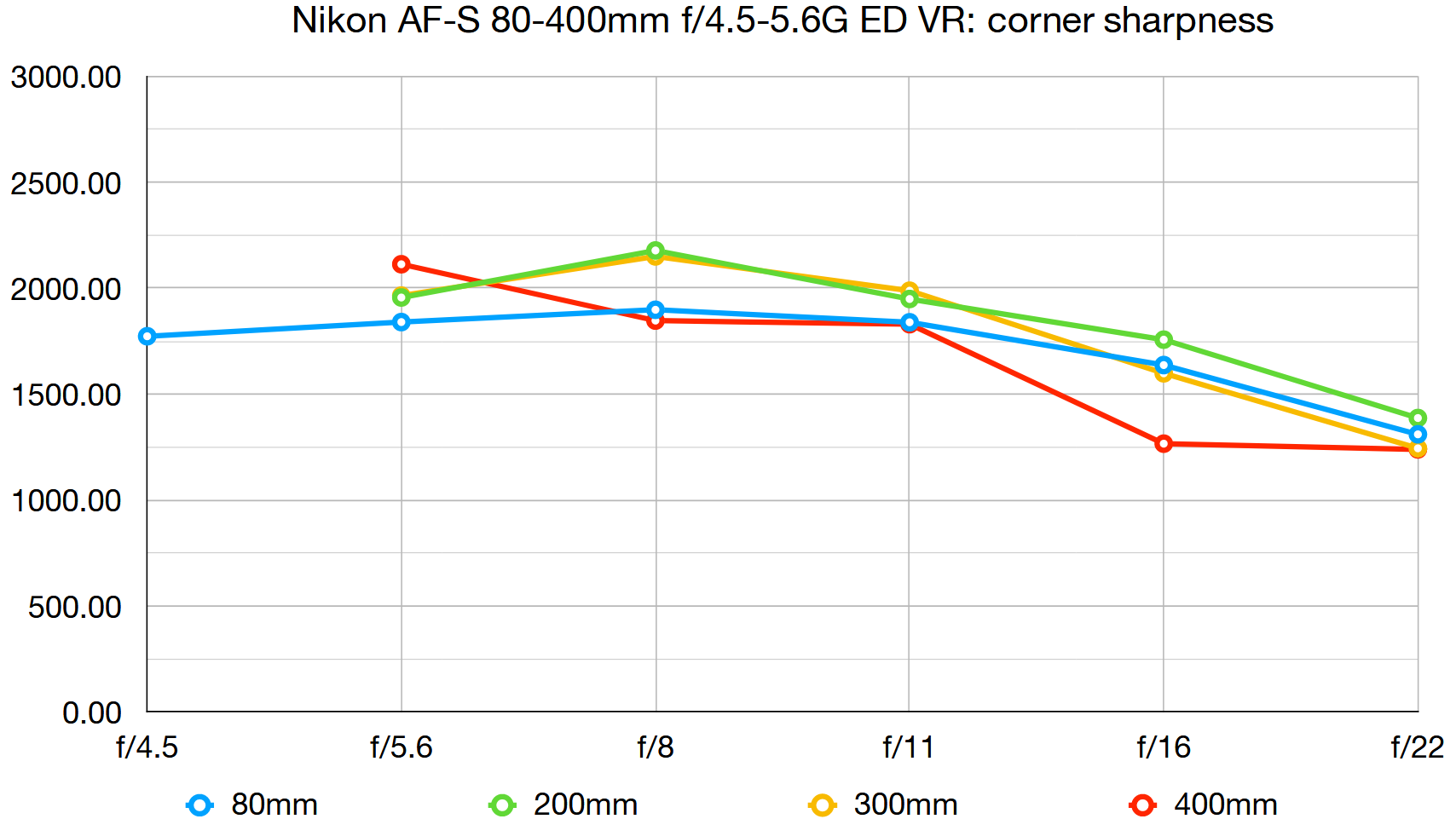
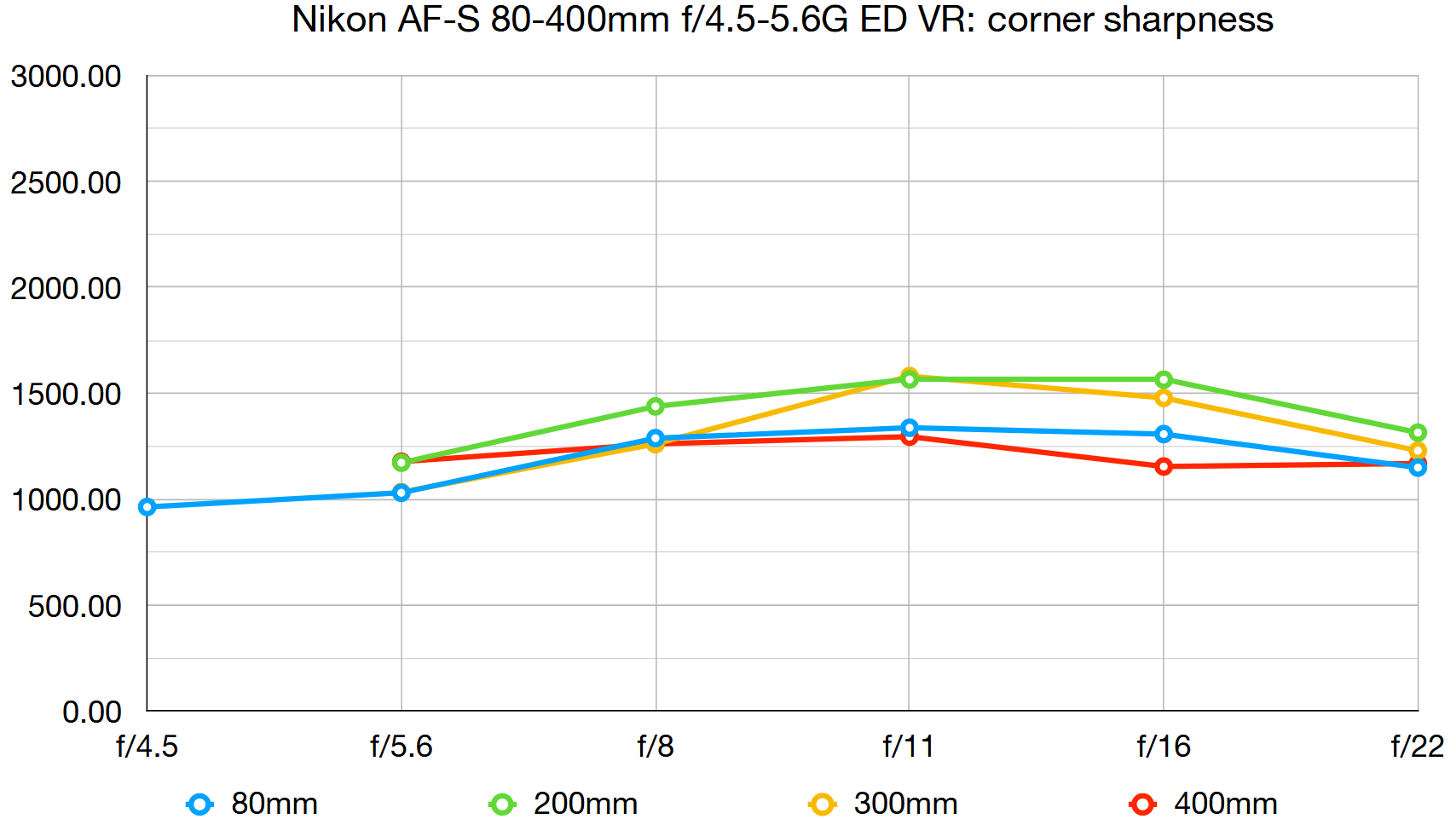
Center-sharpness is highly impressive throughout the entire zoom range, even when shooting wide-open. There’s a drop-off in sharpness towards the edges and corners of the image frame but it’s still pretty good.
Fringing:
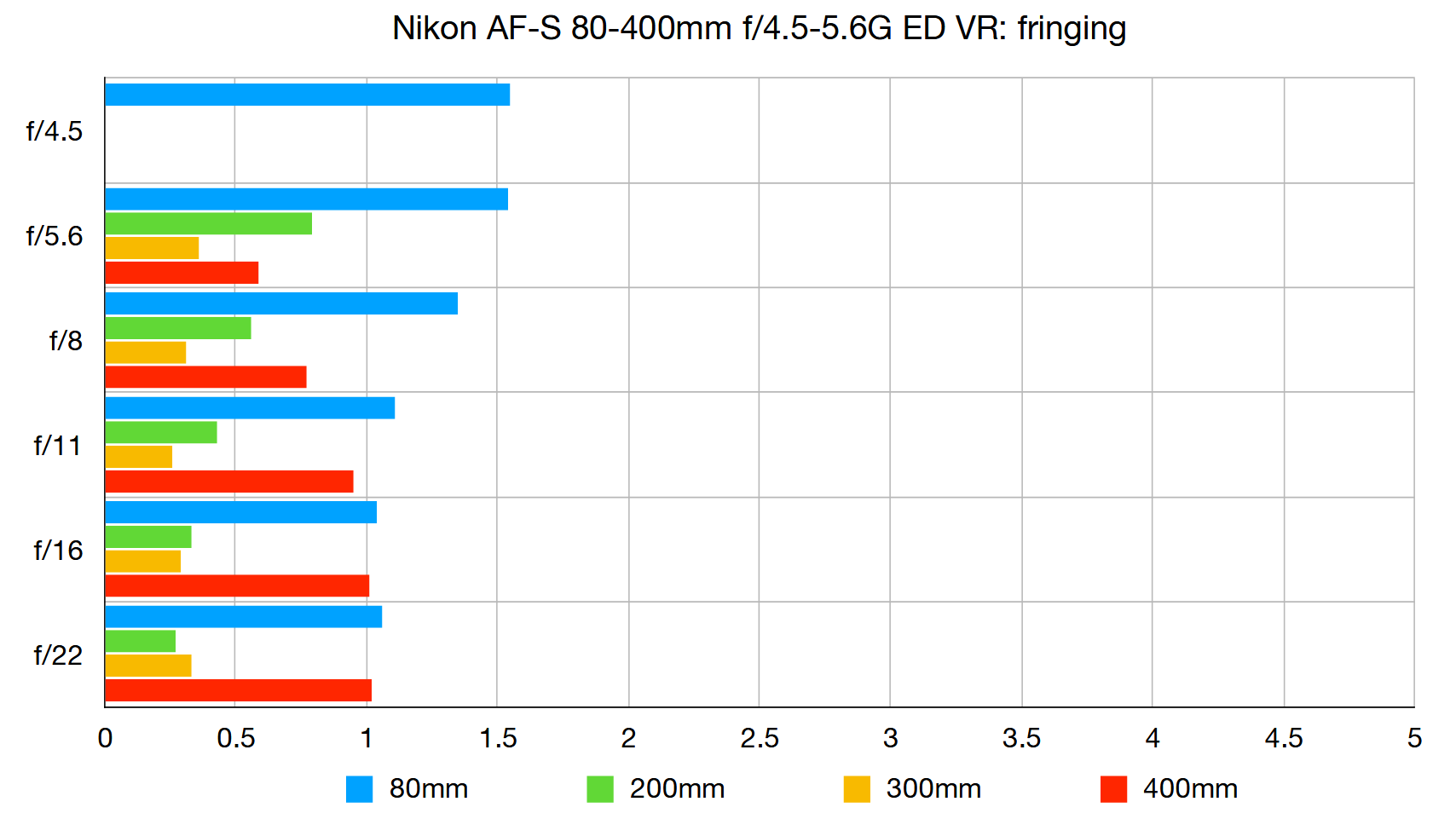
Color fringing is only very slight at the shortest zoom setting and becomes even more minimal as you extend through the zoom range.
Distortion:
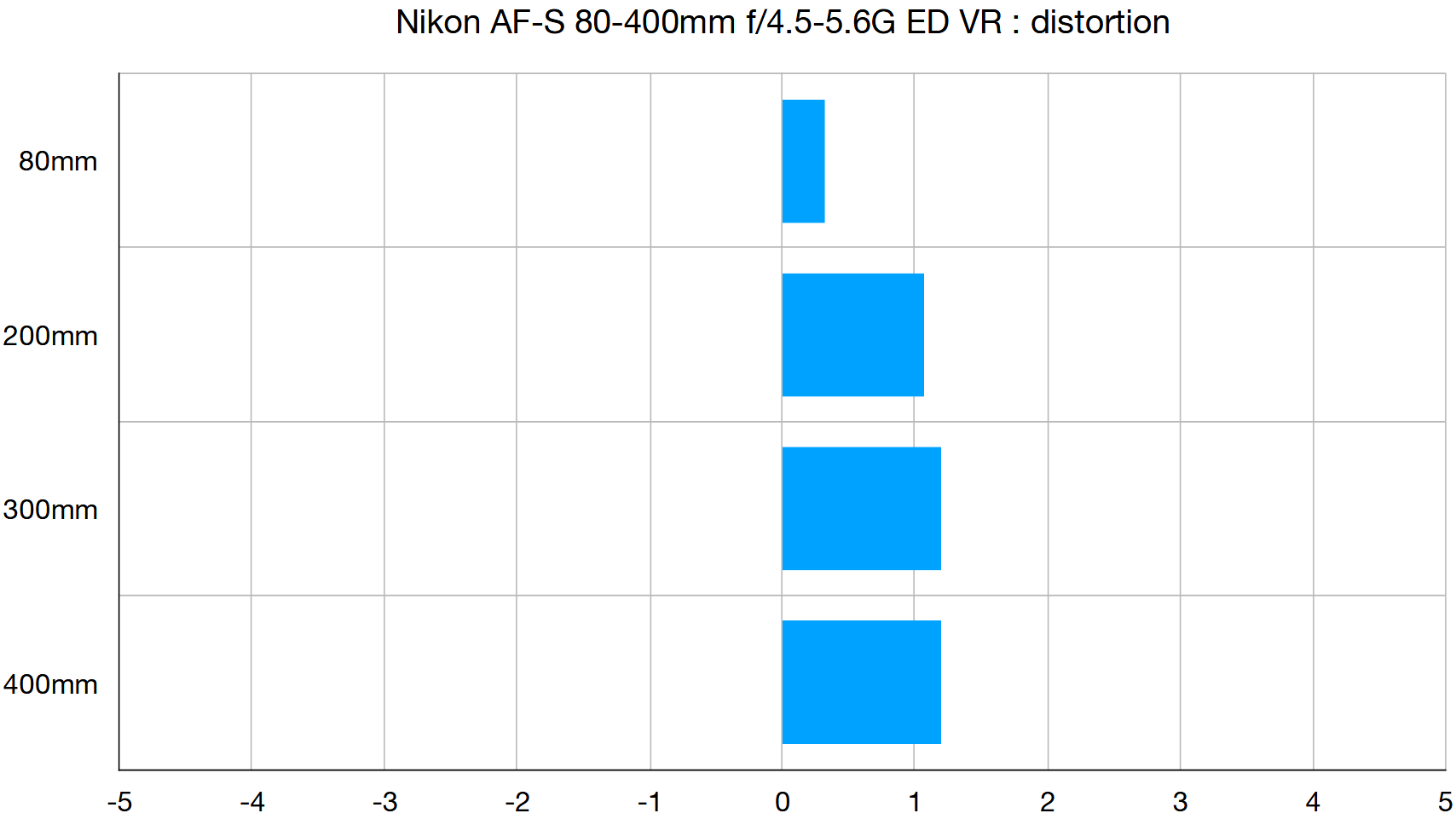
There’s hardly any distortion at the 80mm end of the zoom range and only very minimal pincushion at mid to long zoom settings.
Verdict
This pro-grade Nikon super-telephoto zoom is a massively improved over the original ‘AF’ lens which had dreadfully slow autofocus and relatively ineffective optical stabilization. The ‘AF-S’ edition puts that to rights with speedy ring-type ultrasonic autofocus and 4-stop VR. However, its telephoto reach is a little limited by the latest standards and it’s very pricey to buy. On balance we prefer the much less expensive Nikon AF-S 200-500mm f/5.6E ED VR.
Read more:
• Best camera lenses to get
• Best Canon lenses
• Best Nikon lenses
• Best Sony lenses
Matthew Richards is a photographer and journalist who has spent years using and reviewing all manner of photo gear. He is Digital Camera World's principal lens reviewer – and has tested more primes and zooms than most people have had hot dinners!
His expertise with equipment doesn’t end there, though. He is also an encyclopedia when it comes to all manner of cameras, camera holsters and bags, flashguns, tripods and heads, printers, papers and inks, and just about anything imaging-related.
In an earlier life he was a broadcast engineer at the BBC, as well as a former editor of PC Guide.
